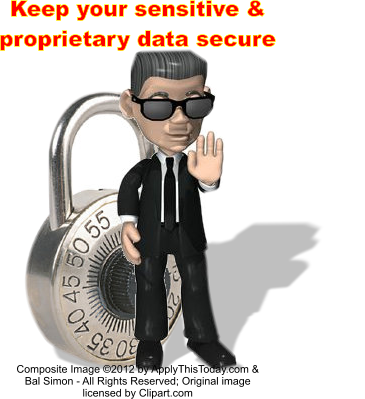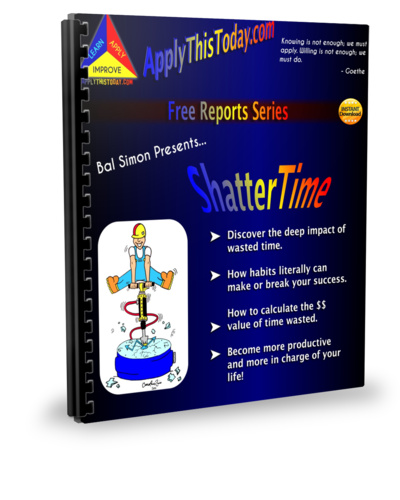 The thought of my data in the clouds is both enticing and unnerving. Enticing because it enables me to access my information anywhere that I have access to the net.
The thought of my data in the clouds is both enticing and unnerving. Enticing because it enables me to access my information anywhere that I have access to the net.
Unnerving because of the idiot malcontents who make the clouds less than secure. Yet the allure is so intense and the efforts to protect data by the providers is decent enough that it is worth considering using clouds for much of what we do – if we do it smart. I acknowledge that we all draw the lines of risk and value differently. I simply represent what's true for me.
- Never putting truly sensitive data (TSD - data would be painful or embarrassing if it ever went public) into the cloud any more than is absolutely necessary to accomplish a critical task, and once that task is completed, remove that data from the cloud as soon as and as best possible.
- Different cloud systems offer different capabilities. Understand these capabilities and match the data stored in each cloud accordingly. For example, Mindomo is one of several providers of cloud-based mindmaps. I do use Freeplane for mindmaps that I don't want anywhere near a cloud. Similarly, Creately creates diagrams
- Wherever possible, use clouds that actually cost a little money instead of free. Why? Because then you have a contractual relationship with the provider, and generally, termination will have to be for cause, as outlined in the contract. Companies like Google that let you use their systems for free have absolute control and if they cancel your account, as they did with a friend of mine, you have no recourse because there is no contractual relationship.
- Use zip and encryption for data you need to store in the cloud, and which you also want to keep away from prying minds. Note: this is not the TSD mentioned in #3. TSD doesn't ever get stored in the cloud except as described in #3. But there is a wide gap between TSD and proprietary information that you want to keep within the company walls. Understand what data falls into this category and act appropriately.
The most important thing is that you protect your truly sensitive and proprietary data. Once you've got that handled, you can experiment with the cloud applications to see if and how you can benefit.

